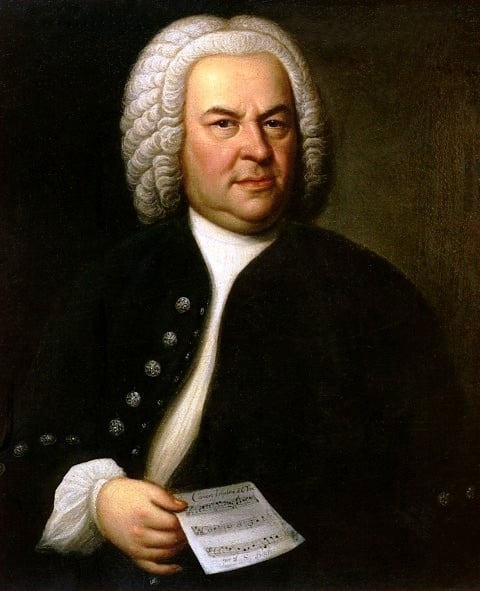Some of the most iconic classical pieces are easier than they look! In this three-part tutorial, we’ll teach you how to play Beethoven’s “Moonlight” Sonata, Pachelbel’s “Canon in D,” and Bach’s “Prelude in C Major.”
Download the free sheet music first:
Then, let’s get started!

Love classical music but not sure where to start? Head over to Classical Piano Quick Start, four free lessons designed for beginners taught by Victoria Theodore. Victoria is a classically trained pianist with degrees from Oberlin College and Stanford University, and has played with Beyoncé and Stevie Wonder. Start your classical journey with Victoria today!
If you’ve attended a wedding, you’ve probably heard “Canon in D.”
It’s an iconic song, and it begins with an easy chord progression before building into more complex eighth and sixteenth notes.
Hitting all those fast notes will take time, but it’s okay to stumble around in the beginning! Once you build some muscle memory, you’ll have faster fingers in no time.
Since the “fast part” of the song is similar to the D major scale, a useful warm-up might be practicing your D major scale!
🔥🎹 HOT TIP! Did you know that virtually all pop music descends from the iconic chord progression in “Canon in D”? Check out why you secretly love classical music.The “Moonlight” Sonata was one of my favorite songs to play as a teenager.
What can I say? It helped me feel my feelings 🥺
The sheet music to “Moonlight Sonata” may seem daunting (four sharps?? wha?!) but if you look at it the piece like a series of chords, it’s more approachable.
The slow tempo of this movement makes it beginner-friendly too. You can play slowly and still sound pro.
And there’s opportunity to get DRAMATIC. Use your pedal and experiment with a heavier left hand.
Bach’s Prelude No. 1 in C Major also has scary-looking sheet music. But when you put it into the language of chords, it’s beginner-friendly and sounds ethereal ☁️
In my tutorial, I’ll break down the simple chords that make up this song. You’ll recognize several beginner chords here, including a Dmin7 chord!
Isn’t it neat that composers have been using the same handful of chords for centuries? As a pop music lover, I love seeing everything connect.
Like the “Moonlight” Sonata, Bach’s Prelude sounds nice even when played at a slow pace. It’s a heavenly piece and one of my favorites 🙂

Lisa Witt has been teaching piano for more than 20 years and in that time has helped hundreds of students learn to play the songs they love. Lisa received classical piano training through the Royal Conservatory of Music, but she has since embraced popular music and playing by ear in order to accompany herself and others. Learn more about Lisa.
/marketing/pianote/promos/april/banner-bg-m.webp)
We use cookies for traffic data and advertising. Cookie Policy »
/marketing/pianote/promos/april/banner-title.webp)